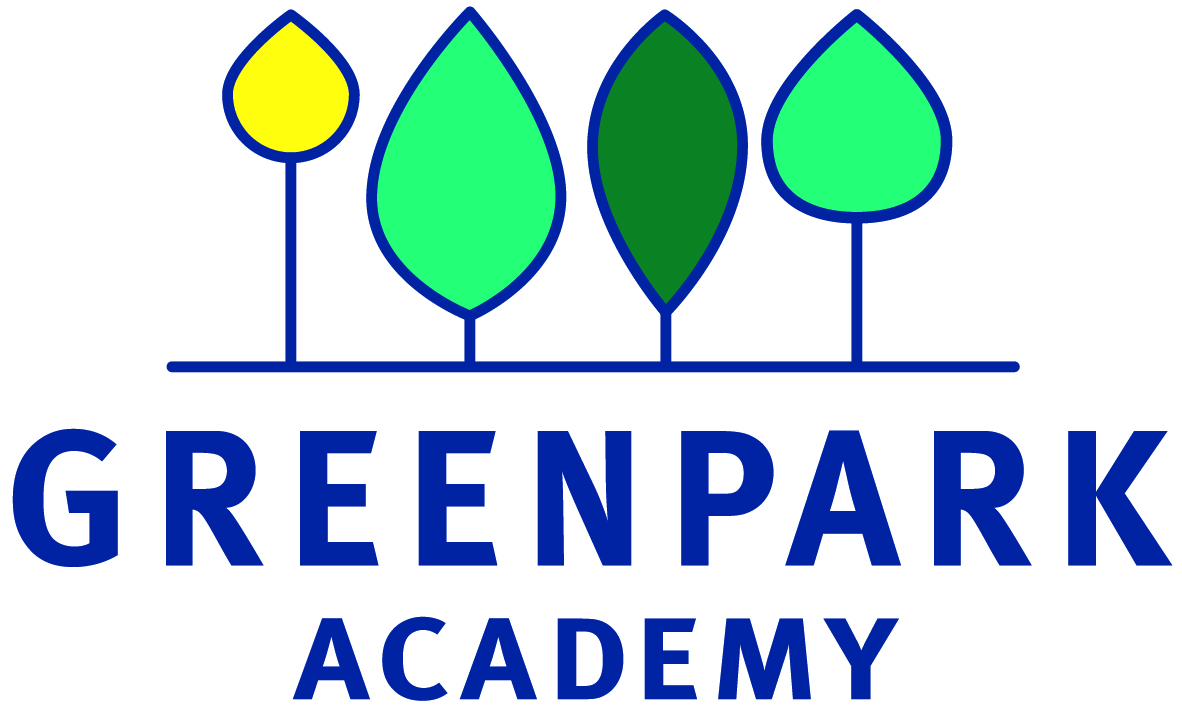EYFS Expressive Arts and Design
EYFS Expressive Arts and Design overview
The Statutory Framework for the Early Years Foundation Stage, September 2021 sets out the seven areas of learning and development that must shape educational programmes in early years settings. All areas of learning and development are important and inter-connected.
The level of progress children should be expected to have attained by the end of their EYFS reception year is defined by the early learning goals, or ELGs.
Expressive Arts and Design
The development of children’s artistic and cultural awareness supports their imagination and creativity. It is important that children have regular opportunities to engage with the arts, enabling them to explore and play with a wide range of media and materials. The quality and variety of what children see, hear and participate in is crucial for developing their understanding, self-expression, vocabulary and ability to communicate through the arts. The frequency, repetition and depth of their experiences are fundamental to their progress in interpreting and appreciating what they hear, respond to and observe.
Creating with Materials
Children at the expected level of development will:
- Safely use and explore a variety of materials, tools and techniques, experimenting with colour, design, texture, form and function;
- Share their creations, explaining the process they have used;
- Make use of props and materials when role playing characters in narratives and stories.
Being Imaginative and Expressive
Children at the expected level of development will:
- Invent, adapt and recount narratives and stories with peers and their teacher;
- Sing a range of well-known nursery rhymes and songs;
- Perform songs, rhymes, poems and stories with others, and – when appropriate – try to move in time with music.
